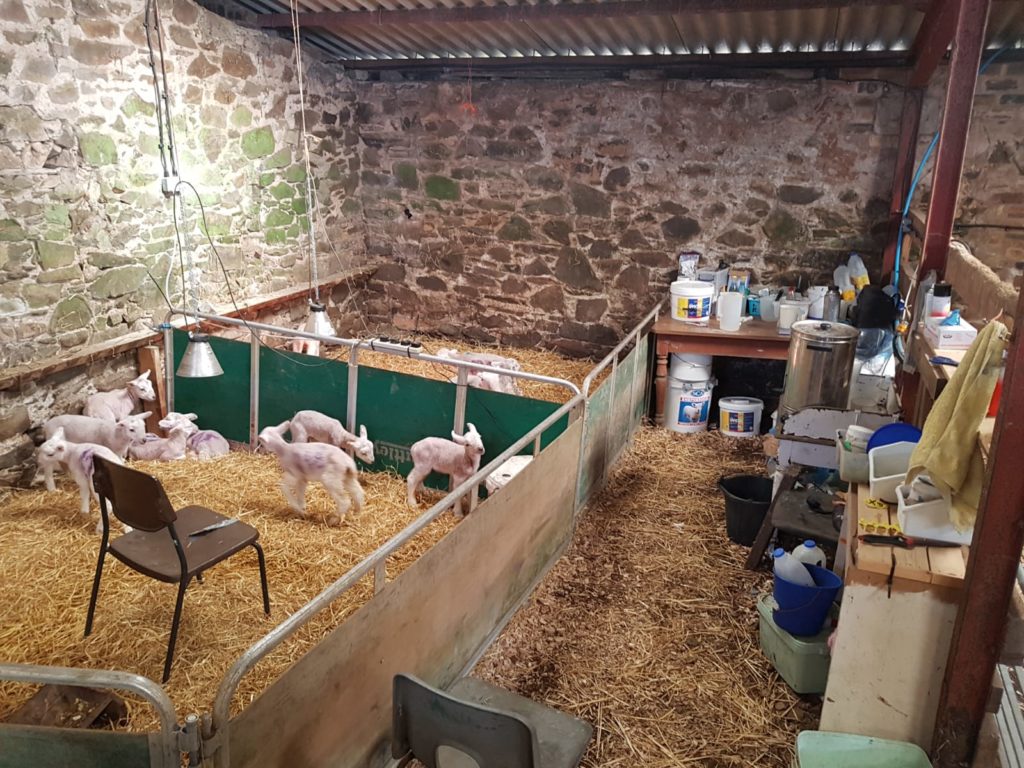Lambing Time: Top Ten Tips
11 February 2020- Feed for colostrum production. Check the ration provides enough energy and protein in the lead up to lambing. Check feed access (should be 45m/ewe for hard feed and 15cm/ewe for ad lib forage).
- Minimise flock stress. When stress is limited, the lamb is most likely to stand and suckle on its own. An in-lamb ewe should have over 1.2m2 lying space/ewe. High stocking increases stress. Feed at consistent times of the day, prohibit dogs in the shed, minimise intervention.
- Hygiene. Disinfect frequently and emphasise hygiene to staff. Get enough bedding material in. If it prevents infection build-up, expensive bedding will yield benefits for flock performance.
- Milk and store surplus colostrum in 250ml portions using ice cube bags or plastic bottles. These can be kept in the fridge for up to a week and in the freezer for up to a year.
- Iodine. Drying out the navel fast will reduce likelihood of joint ill. Use liquid iodine and cover the whole navel. If the navel is still wet, Iodine again later on.
- Stock up: Gloves, iodine, prolapse harnesses, over trousers, lubricant, lambing aids, thermometer, heat lamb, heat lamb bulbs, frozen/artificial colostrum, stomach tubes, syringes and needles, rubber rings, marker spray, disinfectant, management tags for ewes and lambs…the list goes on.
- Consider pen organisation for better labour efficiency. For instance, watering pipes to provide water across multiple pens to reduce carting buckets or netting above the pens for hay/silage feeding.
- Efficient staff communication could make the difference to a lamb’s life, consider white boards and/or pen labelling (some even use flags) to communicate lamb colostrum intake, antibiotic use or lambing issues, for instance.
- Toolbelts or boxes to have everything in one place will prevent unnecessary steps for those wary legs.
- Provide shelter. Bales, old potato crates or shelters available to buy. The fewest lambs we pick up due to hypothermia, the better.
This is where all your efforts of your breeding and feeding come to fruition, plan in advance this lambing for greater success.
Many of these ideas come from the SheepNet platform, a Horizon 2020 funded EU Project, more information available here: http://www.sheepnet.network/
Poppy Frater, poppy.frater@sac.co.uk
Sign up to the FAS newsletter
Receive updates on news, events and publications from Scotland’s Farm Advisory Service

